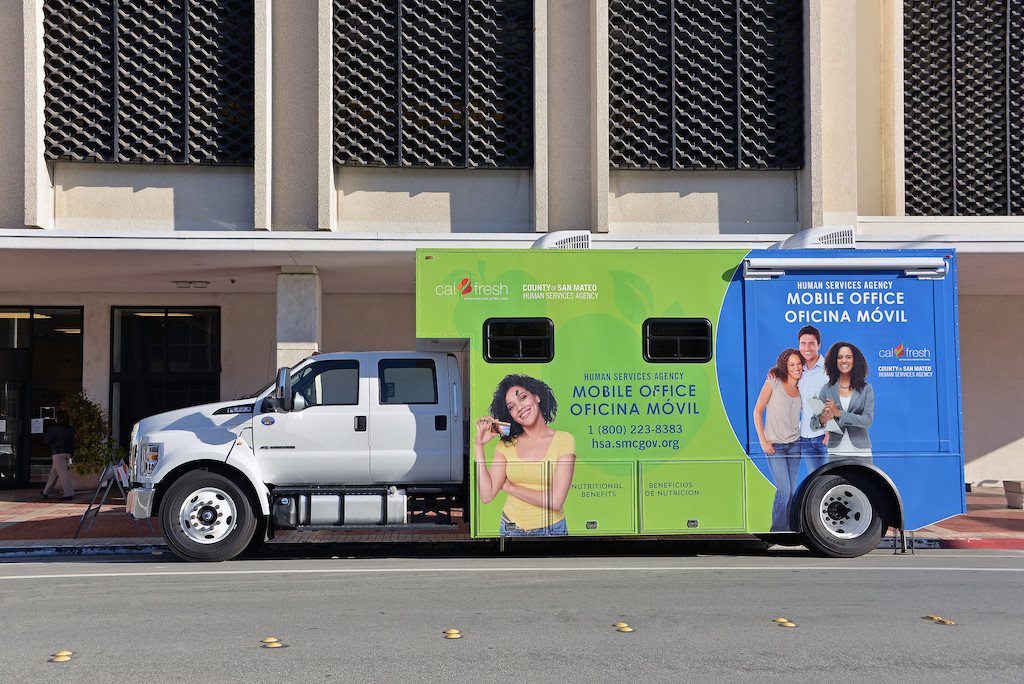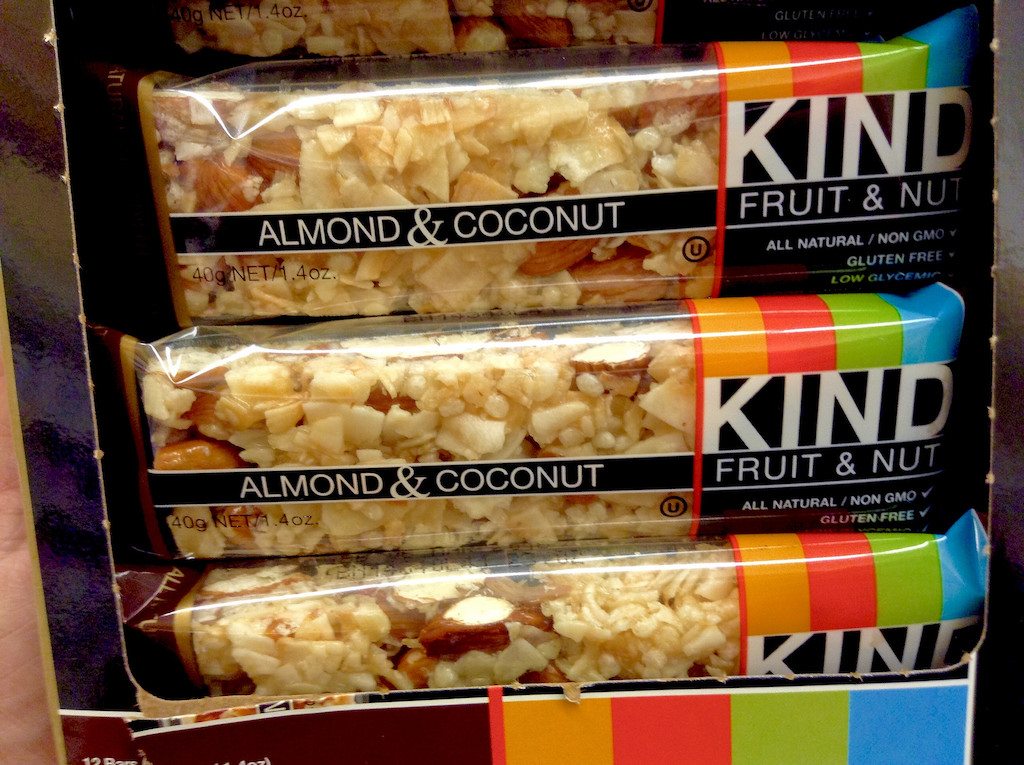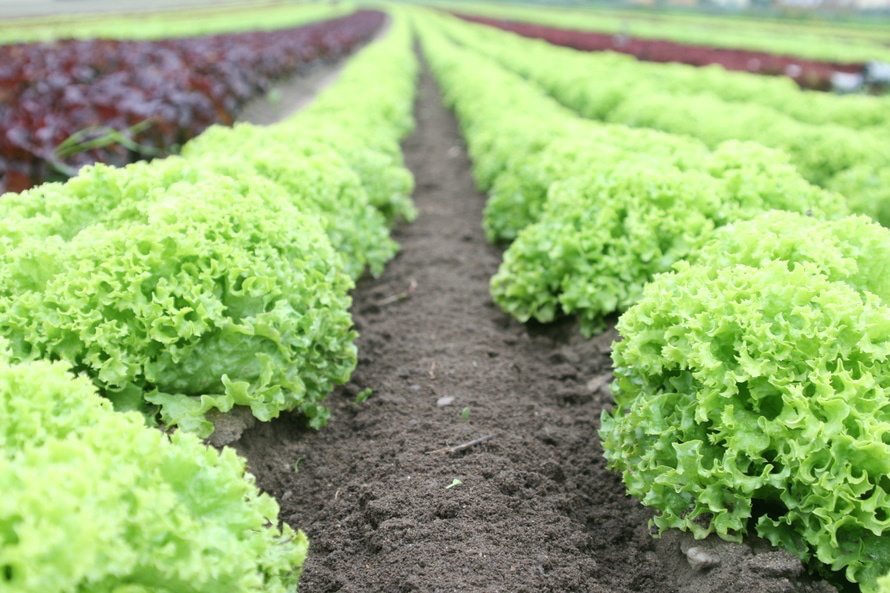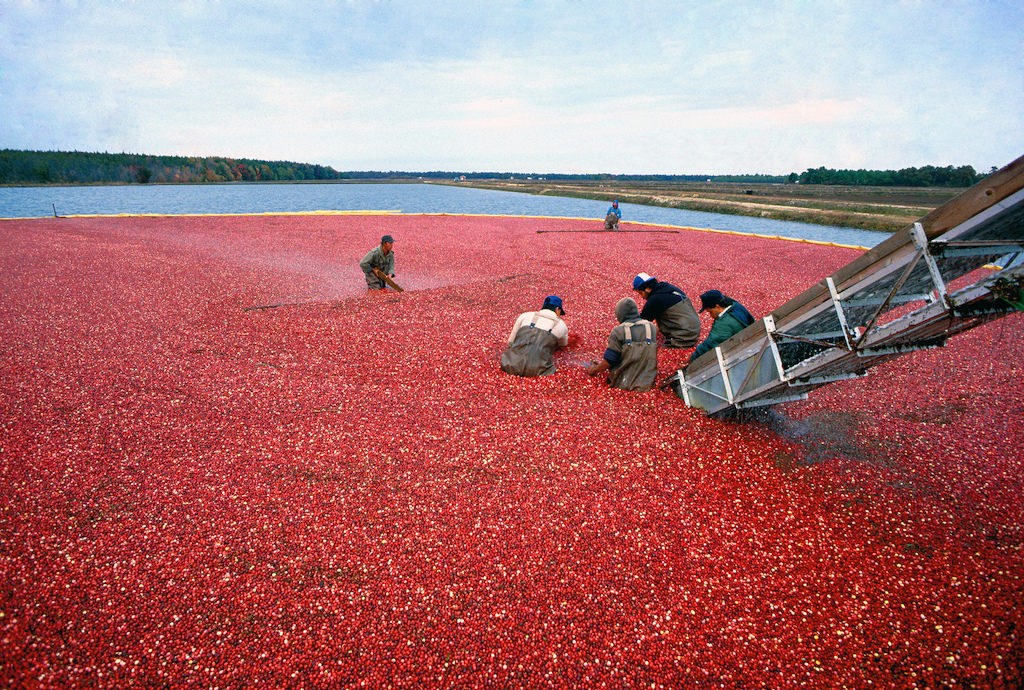Across the country, enrollment in the Supplemental Nutrition Assistance Program (SNAP, formerly food stamps) is on the decline. The most recent numbers indicate that 2019 enrollment will be the lowest since the start of the Great Recession in the late 2000s.
Numbers are trending downard in part because, as the country recovers from the last economic downturn, fewer families actually need food assistance. To wit, a report released earlier this month by the United States Department of Agriculture (USDA) found that household food insecurity has been steadily declining in recent years; the 2018 prevalence of food insecurity declined, for the first time, to pre-recession (2007) levels.
New federal policy may also be suppressing enrollment numbers. The Trump administration recently released its long anticipated “public charge rule,” which is widely expected to discourage immigrants from applying for aid.
But in California, these trends may be moving in the opposite direction. The state recently passed legislation to include people who receive federal Supplemental Security Income (SSI), which pays benefits to adults and children with disabilities, among the populations eligible for CalFresh—the state’s term for SNAP. Previously, California was the only state to exclude SSI recipients from the program.
In the past, SSI recipients received a flat $10 per month if they applied for food aid. Under the new law, they’ll receive a minimum of $15 in CalFresh benefits. But the actual aid numbers will likely be much higher. The average benefit for an elderly or disabled person receiving CalFresh is $105, according to Adam Weintraub, deputy director for public affairs at the California Department of Social Services. “Potentially, it could put significant food on the table for someone who previously had a small cash benefit,” he says. The reason the change took so long to implement, Weintraub adds, was that lawmakers wanted to make sure no one would lose CalFresh benefits in the process.
So far, the response to expanded eligibility has been enthusiastic. Officials predicted they’d see 400,000 new participants, or about a third of the state’s total SSI recipients, join CalFresh. Weintraub says they’re already halfway there, just two months in. The Sacramento Bee reports that CalFresh outreach managers have mobilized to enroll as many eligible participants as possible by offering home visitation and translation services. And there are certainly many more people who are entitled to benefits but are not yet receiving them. The Bee also notes that in 2016, California had the fifth lowest level of food stamp enrollment in the nation when comparing the number of eligible people with the number of actual enrollees.
As we’ve reported, it’s not just blue states that have expanded access to SNAP. Every single state in the nation has made it easier to join the program in recent years, largely by loosening asset limits and allowing people to apply online rather than in person or by mail.
But the Trump administration wants to limit the so-called broad-based categorical eligibility rule on which many of these innovations depend. As Jessica Fu wrote last week, the proposed rule would likely boot 3.6 million people from the program. But official changes to broad-based categorical eligibility are still a ways down the line. Right now, the proposed rule is still in its public comment period.
In California, separate but related changes at the federal level may already be impacting SNAP enrollment. Long before the administration formally announced it would consider immigrants’ use of the safety net in determining green card status, a survey from the Urban Institute found that 14 percent of immigrant adults had avoided participating in public benefit programs because they worried it would impact their legal status in the United States.
It’s unclear how changes to eligibility standards might impact total SNAP enrollment in California. In the meantime, Weintraub hopes SSI participation will surpass the 400,000-enrolle projection. Given the political climate, though, some counties are claiming a win when total enrollment numbers simply hold steady. In those cases, Weintraub says they’ve “prevented erosion.”










